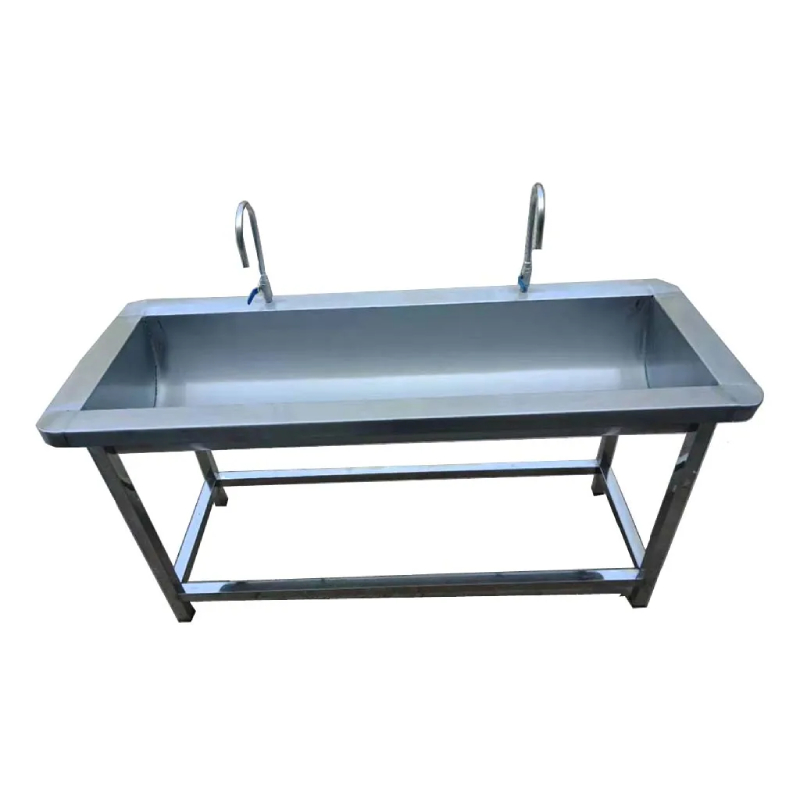Benefits of Caged Chicken Layers in Modern Farming Practices
Dec . 25, 2024 13:35 Back to list
Benefits of Caged Chicken Layers in Modern Farming Practices
The Cage-Free Conundrum Understanding Cage Chicken Layers
In recent years, the debate surrounding cage vs. cage-free chicken layers has intensified, highlighting the ethical, environmental, and economic implications of our poultry production systems. As consumers become increasingly aware of animal welfare issues, the demand for cage-free eggs has surged. However, this shift is not without its complexities. This article delves into the nuances of cage chicken layers, particularly focusing on the advantages and challenges of transitioning to cage-free systems.
The Status Quo Cage Chicken Layers
Traditionally, most commercial egg production has relied on cage systems, where hens are kept in small enclosures known as battery cages. These cages can house multiple hens, providing minimal space for movement. Proponents of battery-caged systems often argue that they optimize productivity while reducing costs. Indeed, hens in cages tend to produce more eggs, benefiting farmers economically. Furthermore, these systems can lead to lower egg prices for consumers, a significant consideration in the budget-conscious market.
However, the welfare of hens in such conditions raises serious ethical concerns. Hens in battery cages experience significant confinement, inability to perform natural behaviors, and high stress levels, which can lead to health problems. As public awareness has grown, so too have calls for humane treatment of animals, prompting many to reconsider the viability of cage systems.
The Rise of Cage-Free Systems
Cage-free systems offer a stark contrast to traditional cage environments. In these systems, hens are allowed to roam freely within a barn or designated area, enabling them to engage in natural behaviors such as nesting, perching, and foraging. This broader space not only promotes the physical and mental well-being of hens but also aligns with consumer demands for humane treatment of animals.
Research suggests that cage-free environments can result in healthier, happier hens. Studies have shown that hens raised in such systems tend to have lower stress levels and better overall health. This is crucial not only from an ethical perspective but also for the quality of the eggs produced. Cage-free eggs are often perceived as a premium product, leading to higher prices that reflect the improved welfare conditions of the hens.
Despite the benefits, transitioning to cage-free systems poses challenges. Farmers face higher operational costs associated with more extensive facilities, increased labor, and potential decreases in egg production during the transition period. Furthermore, cage-free systems require rigorous management to maintain bird health and hygiene, which can complicate production processes.
cage chicken layer

Environmental Considerations
The environmental impact of egg production cannot be overlooked. Cage-free systems require more space and resources, which can lead to increased land use and higher feed costs. Some critics argue that this could negate some of the benefits of animal welfare, as greater resource consumption might lead to more significant carbon footprints.
In addition, cage-free systems can sometimes lead to increased mortality rates among hens due to a more open environment, where injuries and stressors can occur more frequently. The balance between animal welfare and environmental sustainability is a delicate one, requiring innovative solutions and practices to ensure that both are prioritized.
Consumer Demand and Industry Response
As consumers become more conscious of their food choices, the demand for cage-free products continues to grow. Major retailers and food companies have responded by committing to sourcing cage-free eggs, often setting ambitious timelines for transitioning their supply chains. This shift is not merely a trend but reflects a broader societal change towards sustainability and ethical consumption.
However, it remains imperative for consumers to be informed about the implications of their choices. While cage-free eggs may appear to be a more humane option, understanding the complexities and challenges faced by producers is crucial to fostering a sustainable poultry industry.
Conclusion
The transition from cage chicken layers to cage-free systems represents a significant shift in the poultry industry, driven by ethical considerations and consumer demand. While cage-free environments offer numerous benefits for hen welfare, they also present unique challenges that must be navigated carefully. By encouraging informed consumer choices and supporting responsible farming practices, society can move towards a more humane and sustainable future in egg production. The journey is complex, but the potential for positive change is substantial.
-
Automatic Feeding Line System-Pan Feeder Nipple Drinker|Anping County Yize Metal Products Co., Ltd.
NewsJul.29,2025
-
Hot Sale 24 & 18 Door Rabbit Cages - Premium Breeding Solutions
NewsJul.25,2025
-
Automatic Feeding Line System Pan Feeder Nipple Drinker - Anping County Yize Metal Products Co., Ltd.
NewsJul.21,2025
-
Automatic Feeding Line System Pan Feeder Nipple Drinker - Anping County Yize Metal Products Co., Ltd.
NewsJul.21,2025
-
Automatic Feeding Line System - Anping Yize | Precision & Nipple
NewsJul.21,2025
-
Automatic Feeding Line System - Anping Yize | Precision & Nipple
NewsJul.21,2025






